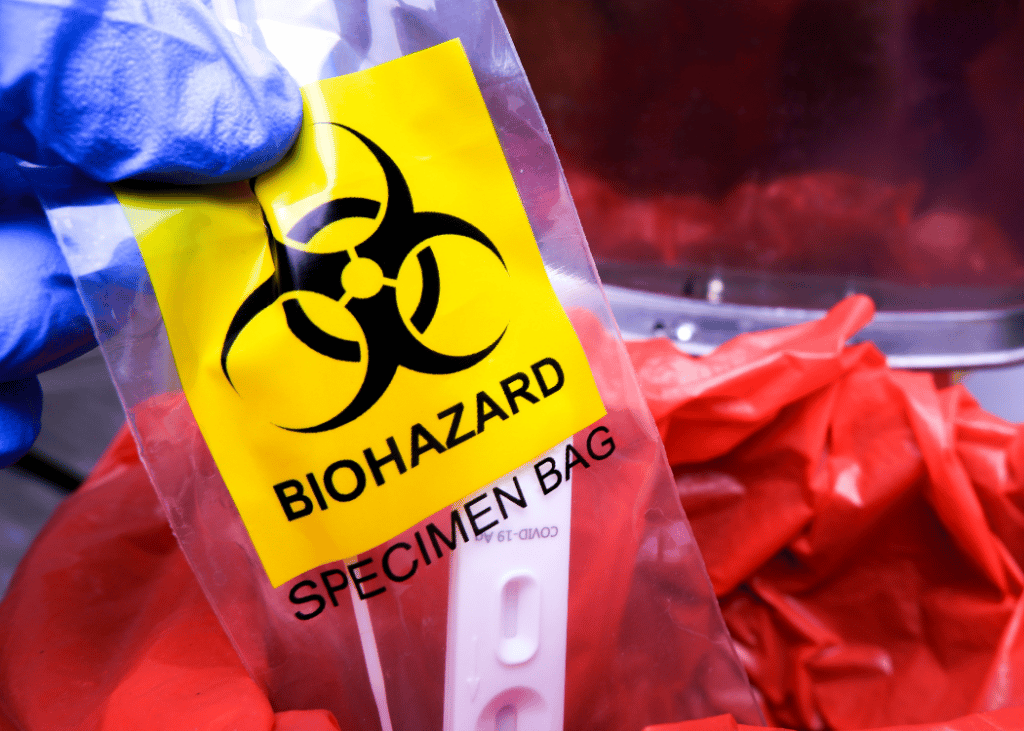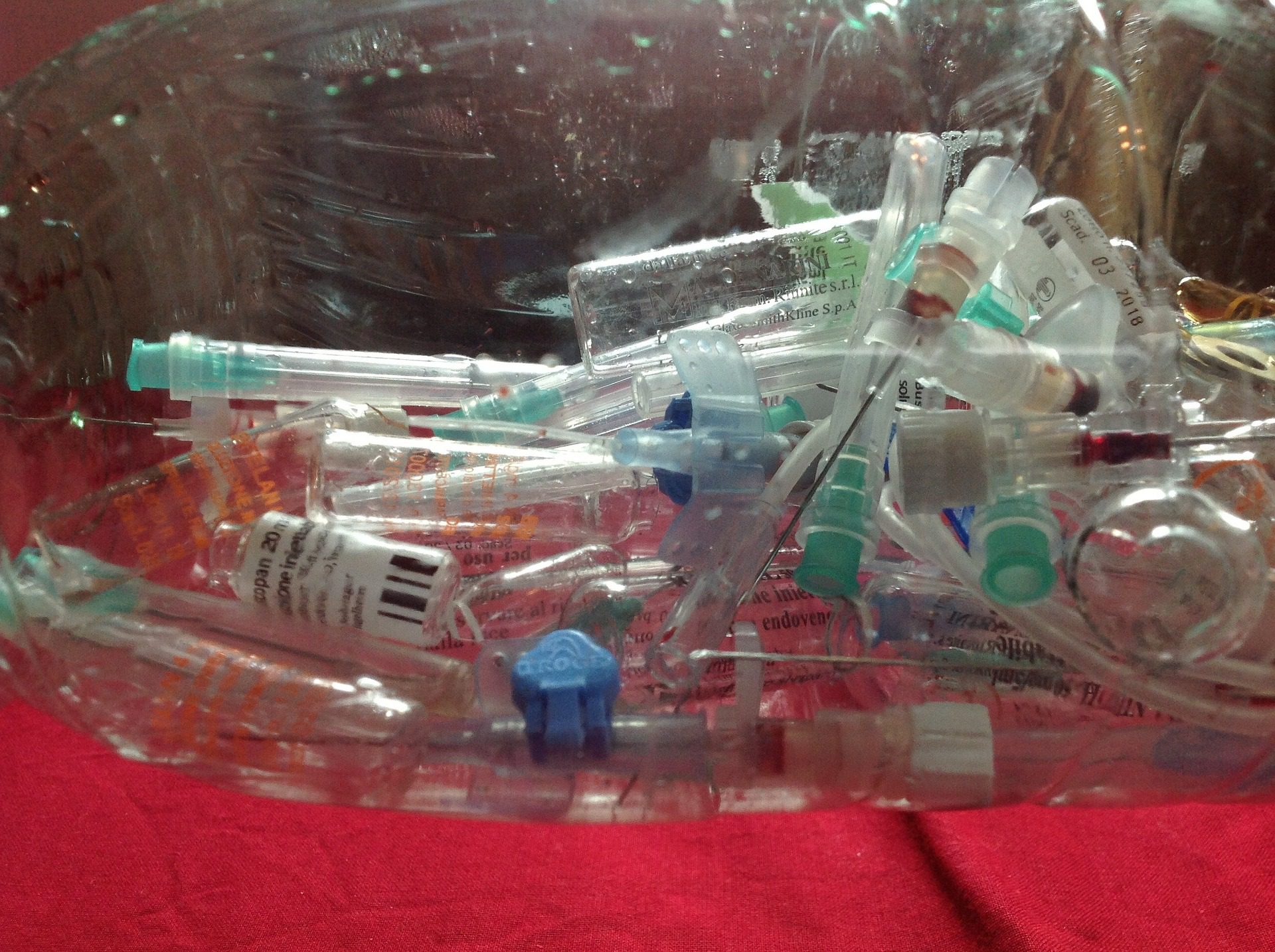Checking Out Different Garbage Disposal Options for a Cleaner Environment
In the quest of a cleaner environment, the management of waste disposal has emerged as an important focal factor for lasting growth. With a wide variety of waste disposal alternatives available, varying from typical land fill methods to cutting-edge waste-to-energy innovations, the option of how we manage our waste has far-reaching implications for our earth's wellness.
Recycling Approaches
Implementing efficient reusing techniques is critical in lessening waste and advertising sustainability in our atmosphere. Recycling includes the procedure of converting waste products right into multiple-use things to stop unneeded disposal.
An additional vital recycling approach is composting, which entails decomposing organic waste like food scraps and lawn trimmings right into nutrient-rich dirt. This process not just diverts organic waste from landfills however also creates an important resource for gardening and farming. Furthermore, upcycling is an innovative recycling approach that involves transforming old or disposed of materials into items of better or worth. By including these various recycling methods into our waste administration practices, we can dramatically reduce our ecological impact and relocate towards a more sustainable future.

Composting Techniques
Reliable waste monitoring techniques, such as recycling methods, lead the way for a cleaner atmosphere, and currently, shifting the focus to 'Composting Techniques', we discover sustainable methods to break down natural waste for environmental benefit. medical waste removal.
Composting is a natural procedure that changes organic waste, like food scraps and yard trimmings, right into a nutrient-rich dirt modification. The key to successful composting hinges on creating the ideal equilibrium of green materials, such as vegetables and fruit scraps, and brownish products, like dried out twigs and fallen leaves. These products decompose with the assistance of microorganisms, damaging down the waste into beneficial compost.
There are numerous composting strategies readily available to match various needs. Standard backyard composting entails layering organic products in a container or pile and regularly transforming the mix to aerate it. Vermicomposting, on the various other hand, uses worms to break down raw material into compost (click here). For those with limited space, interior composting systems supply a hassle-free solution. By using composting strategies, we can decrease the amount of waste sent out to garbage dumps while creating an advantageous item for enhancing soil and supporting plant growth.
Incineration Benefits And Drawbacks
Incineration, as a waste disposal method, presents both benefits and negative aspects that warrant careful consideration in the world of sustainable waste management practices. On the silver lining, incineration can substantially decrease the quantity of waste, reducing the requirement for land fill room and possibly decreasing greenhouse gas discharges. Incineration likewise permits the healing of power with the generation of electricity or heat, adding to resource recovery. The process can be made use of to ruin dangerous materials, using a safe approach for dealing with particular types of waste official source that may posture risks to public wellness and the atmosphere if left neglected.
Furthermore, the high preliminary investment and operational costs of incineration facilities pose economic obstacles, making it a much less cost-effective choice contrasted to various other waste monitoring methods. Cautious tracking and regulation are essential to mitigate these adverse effects and maximize the benefits of incineration as component of a detailed waste administration technique.
Land Fill Monitoring Approaches
Landfills play a critical function in waste administration and environmental preservation by giving a control system for the disposal of solid waste products. By condensing the waste, the quantity is decreased, allowing for even more waste to be accommodated over time.
Moreover, the application of day-to-day cover methods is crucial in decreasing smells, protecting against trash, and lowering the destination of pests. Treatment the disposed waste at the end of every day helps to have odors and protect against potential ecological contamination. Furthermore, the monitoring of land fill gas emissions and leachate degrees is vital in ensuring that ecological standards are fulfilled and that any kind of potential threats to surrounding ecosystems are lessened.

Waste-to-Energy Technologies
One of the ingenious strategies to waste administration involves using Waste-to-Energy modern technologies to convert solid waste right into usable energy sources. Waste-to-Energy (WtE) technologies include a series of procedures that aim to draw out power from waste products via thermal, chemical, or biological ways. This conversion procedure not just lowers the quantity of waste that finishes up in garbage dumps yet also produces useful power resources such as power, heat, or biofuels.
There are numerous approaches of Waste-to-Energy conversion, consisting of pyrolysis, incineration, and gasification. Incineration entails shedding waste at high temperatures to generate heat and electricity. Gasification transforms waste right into a syngas, which can be made use of for power generation or chemical production. Pyrolysis breaks down natural products using heats in the absence of oxygen, producing char, gas, and bio-oil.
Implementing Waste-to-Energy innovations can help minimize environmental issues linked with conventional garbage disposal techniques while simultaneously giving a renewable resource resource. However, mindful consideration must be offered to emissions control and making certain the sustainability of feedstock materials for these modern technologies to be genuinely useful for a cleaner setting.

Conclusion
In conclusion, exploring various garbage disposal options such as reusing, composting, incineration, landfill monitoring, and waste-to-energy modern technologies is vital for promoting a cleaner atmosphere - click here. Each method has its own benefits and obstacles, however by using a combination of these methods, we can function in the direction of lowering the quantity of waste that winds up in landfills and ultimately add to a more sustainable future for generations to find
With a wide variety of waste disposal choices readily available, varying from typical land fill approaches to cutting-edge waste-to-energy technologies, the choice of how we handle our waste has far-reaching effects for our earth's health. medical waste removal service.Incineration, as a waste disposal technique, offers both benefits and negative aspects that warrant cautious consideration in the realm of lasting waste administration techniques.Landfills play an essential role in waste monitoring and environmental preservation by supplying a containment system for the disposal of strong waste materials. By condensing the waste, the volume is lowered, enabling for more waste to be accommodated over time
One of the innovative strategies to lose administration involves harnessing Waste-to-Energy modern technologies to transform solid waste right into functional energy sources.